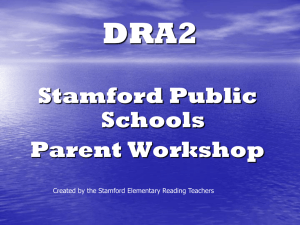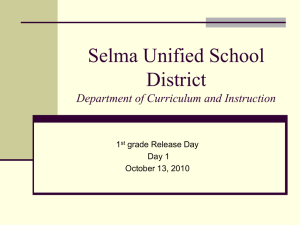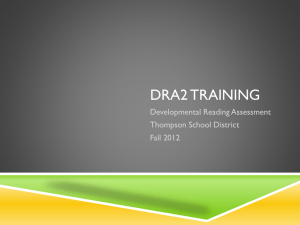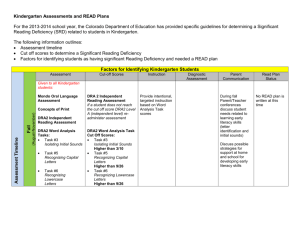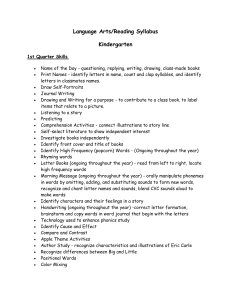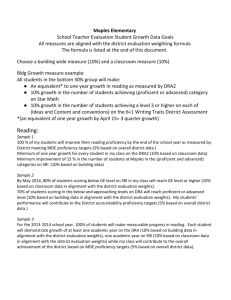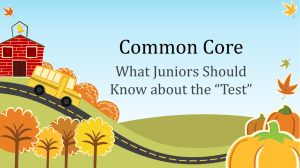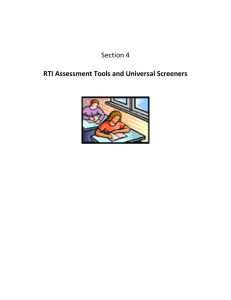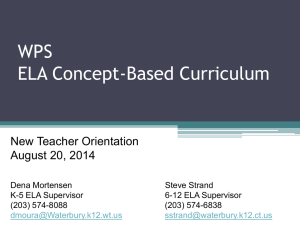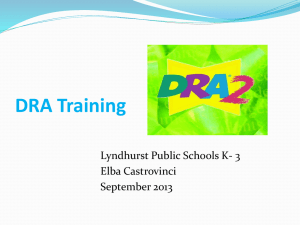Research says that good readers these reading behaviors in place:
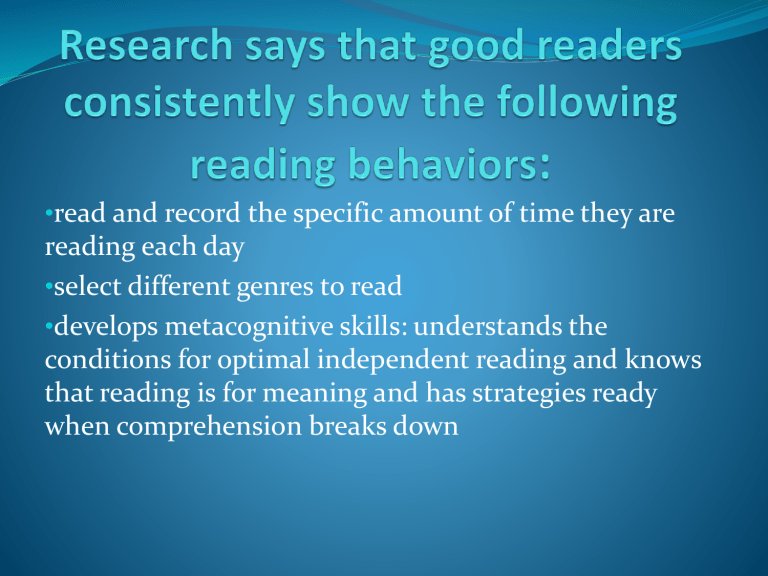
• read and record the specific amount of time they are reading each day
• select different genres to read
• develops metacognitive skills: understands the conditions for optimal independent reading and knows that reading is for meaning and has strategies ready when comprehension breaks down
The DRA2 is a tool the teacher uses to assess your child as a reader
shows the ability to decode and understand what he/she is reading and has strategies to use when something does not make sense.
reads fluently: reads accurately with expression with an appropriate reading rate
makes predictions
accesses prior knowledge
is able to question the text
• uses text features and graphic organizers to get additional information
• summarizes what was read
• understands and records literal information
• makes inferences
• finds text evidence to support his/her ideas
• applies appropriate comprehension strategies to construct and monitor meaning
Comparing DRA to DRA2
Grade 3
Books range from Level A to 44 (Level 40 is a 4 th grade text, Level 44 is 5 th )
Teachers note oral reading fluency
Teachers stop assessment if accuracy is below 94%
All questions answered orally. Top
Comprehension score is 24
Scores entered on Continuum
Teachers find Independent DRA text level
Books range from Level A to 40 Level 40 is from DRA2 4-8 set, no 5 th grade texts
Teachers time oral reading rate starting at Level 14
Teachers stop assessment if oral reading is below Independent Level
Students reading at Level 28 and above write answers to questions.
Vocabulary concepts included bringing top score to 28
Teachers enter scores on Continuum
Teachers find Independent DRA2 text level and use guidelines for
Instructional text levels
New Features of DRA2
Grades 4 & 5
* DRA 4-8 and Bridge Pack are combined to include Level 20 (second Grade) through Level 80
(eighth grade)
* Non-Fiction texts now include Contents
Page and Glossary
* Levels 60, 70 and 80 include a note-taking page to help students organize their thinking before writing.
* Questions utilizing text features and graphic organizers have been added to the student booklets.
* The overall scoring has been simplified.
Dates for NYS Exams
NYSESLAT (K-5 )
Speaking:
April 18 - May 18, 2012
Reading, Writing and
Listening:
May 7- May 18, 2012
Mathematics (3-5)
April 25- April 27, 2012
Science Performance
May 23- June 1, 2012
Written/Science
June 4, 2012
English Language Arts
(ELA) 3-5
April 17-April 19, 2012
2012 ELA Testing Times
Grades 3/4/5
Total Estimated
Time
Book
1
2
3
Estimated time for completion
70
60
45
175
1
2
Day
Administered
3
“Have a Go”
This is a non-fiction article from a fourth grade ELA test
The Dragon Hunter,
by Keith Wilson
Questions pertain to:
vocabulary
main idea
details
